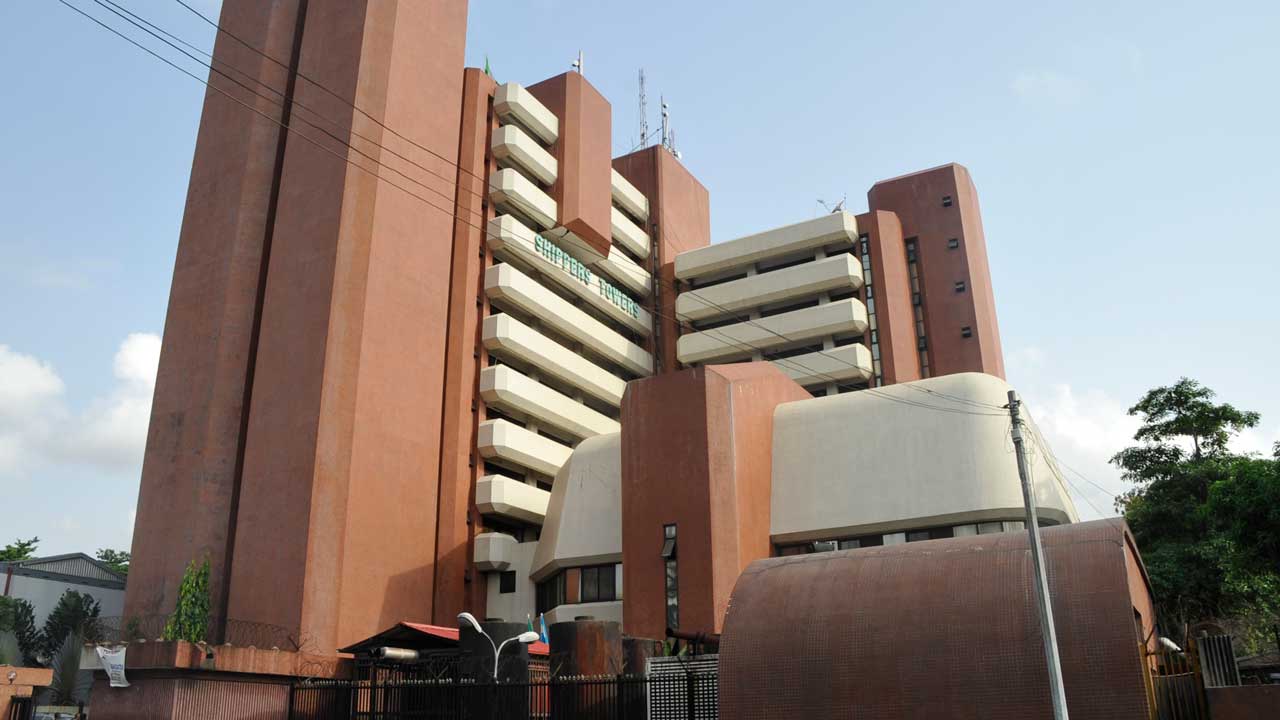Shippers Council Intervenes As 616 Export Cargoes Trapped At Lagos Port

Source: Leadership
Author: Yusuf Babalola
The Nigerian Shippers Council (NSC), has vowed to take urgent actions towards streamlining export procedures, promoting ease of documentation by exporters and enabling the removal of 616 overtime export boxes that hav been trapped at the Lagos Port.
Speaking over the weekend ,during a visit to APM Terminals in Apapa Port, the executive secretary, NSC, Barr Akutah Pius Ukeyima, expressed worry over the growing number of export containers that are abandoned at the port over the inability of exporters to comply with regulatory guidelines.
He said the Council would organise stakeholders' engagement that would bring every player in the value chain together.
"The Council needs to quickly bring the service providers, regulators, government agencies and exporters together in one table to discuss and discover where the problem lies. We would also take up issues of awareness creation to sensitise exporters on how to comply with the export procedure," he said.
He said the Shippers' Council needs to do that very quickly because the present situation is not helping the economy, especially as the government is trying to promote exports to earn scarce dollars.
Akutah said there is also a need to put a mechanism in place to stop export boxes that have not completed the necessary documentation from entering the port to avoid the pilling of overtime cargo.
Speaking earlier, the Government relations manager at APM Terminals, Kayode Daniel,
said that 1,940 export containers have been in Apapa Port between zero and 10 days; 1,524 containers have stayed between 11 and 20 days; about 757 containers have stayed between 21 and 30 days while 616 have stayed between 31 and over two years, which classified them as abandoned export containers.
He said APM Terminals has been pushing for the evacuation of the trapped export containers and had received a commitment from shipping lines including Maersk, CMA CGA and Zim to move about 2,752 export containers out of the port in the next five days.
According to him, the inability of exporters to complete the processes required for export containers to leave the port is creating operational bottlenecks for the terminal operator by way of multiple handling of export boxes.
Daniel said exporters had been complaining that the procedure is not moving fast not knowing that it's technically their action or inaction because Customs would not authorise the loading of an export without proper documentation.
He pointed out that there is an established process that is clearly defined by government agencies, but some exporters are not complying with it strictly.
Also speaking, terminal manager at APM Terminals, Steen Knudsen, said that technically export containers are not supposed to stay within the port terminal for more than seven days because all shipping lines come to Apapa on a weekly frequency.
Knudsen, however, said the terminal operator cannot mandate the shipping line to load the container because it is an arrangement that is strictly between the exporter, Customs and the shipping line.
"Most of these containers arrive at the port as 'good to go' but it is only when they get to the port that Customs and other authorities would discover some missing elements, which would make the shipping line not to load them," Knudsen said.
He said the service providers, Shippers Council, Customs, Nigerian Ports Authority and other players need to work together to improve the export process in Nigerian ports.
On her part, general manager of Legal at APM Terminals, Chinenye Deinde, said there is a need to critically examine the export value chain to identify the source of the problem.
According to her, the business agreement which the exporter enters into with the shipping line makes it mandatory for the shipping company to lift the export boxes if the exporter complies with all the trade guidelines.
She said the clearance needed for export is not only regulatory or government because the shippers also need to pay the freight for the shipping line to lift the container.
